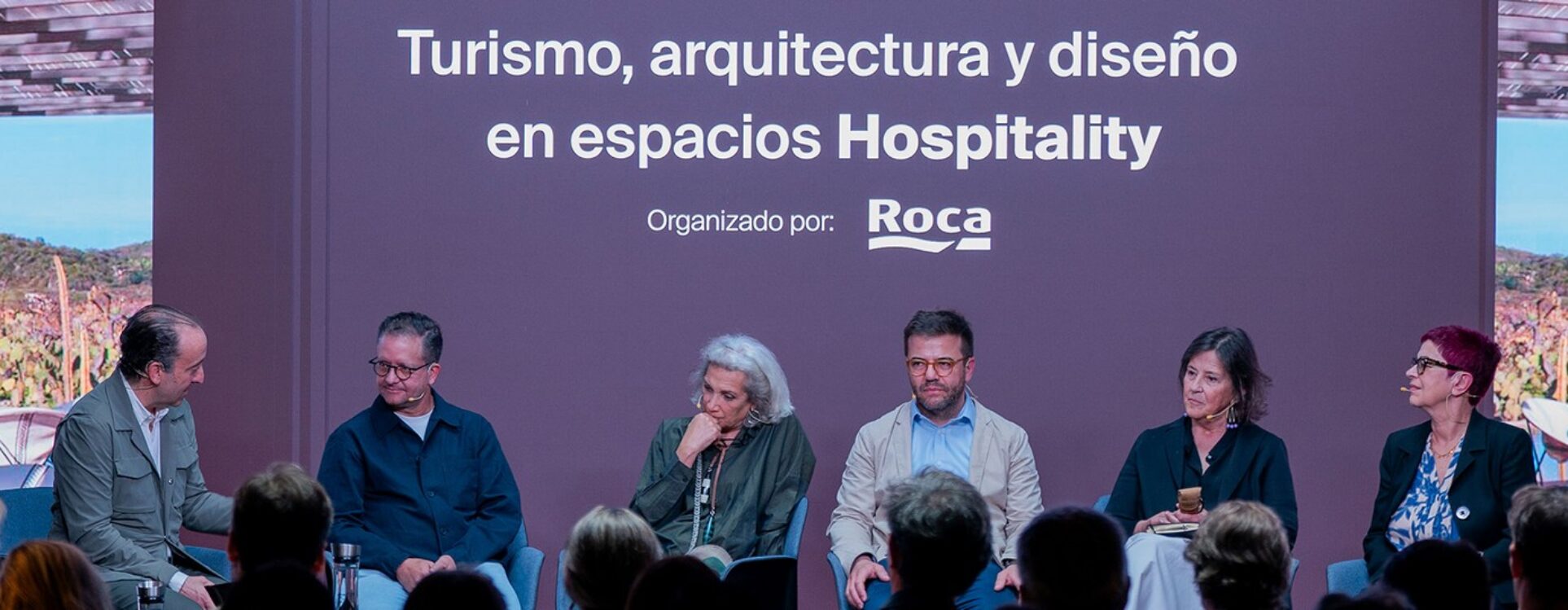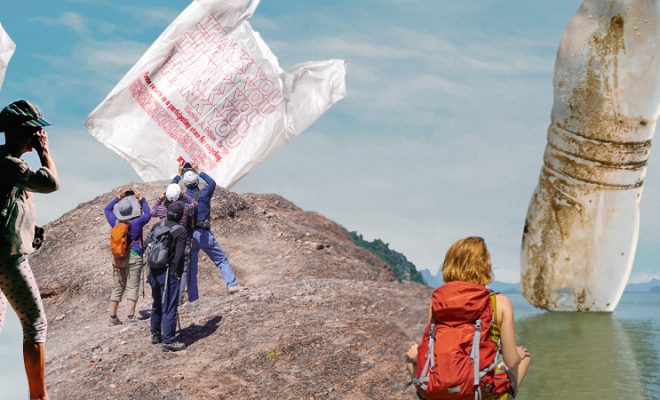Architecture is a message to society.” Mexican architect Jorge Arditti emphasized this principle during the session “Tourism, Architecture, and Design in Hospitality Spaces,” held in collaboration with Roca at Roca Barcelona Gallery. The event focused on transforming the tourism sector through architecture, design, and planning.
[Watch the session “Tourism, Architecture and Design in Hospitality Spaces” here.]
This transformation is urgent—and already underway—especially in Latin America, where a new tourism industry is emerging with a strong sense of purpose: more sustainable models that connect with local communities, prioritise environmental care, and place water and energy management at the heart of development.
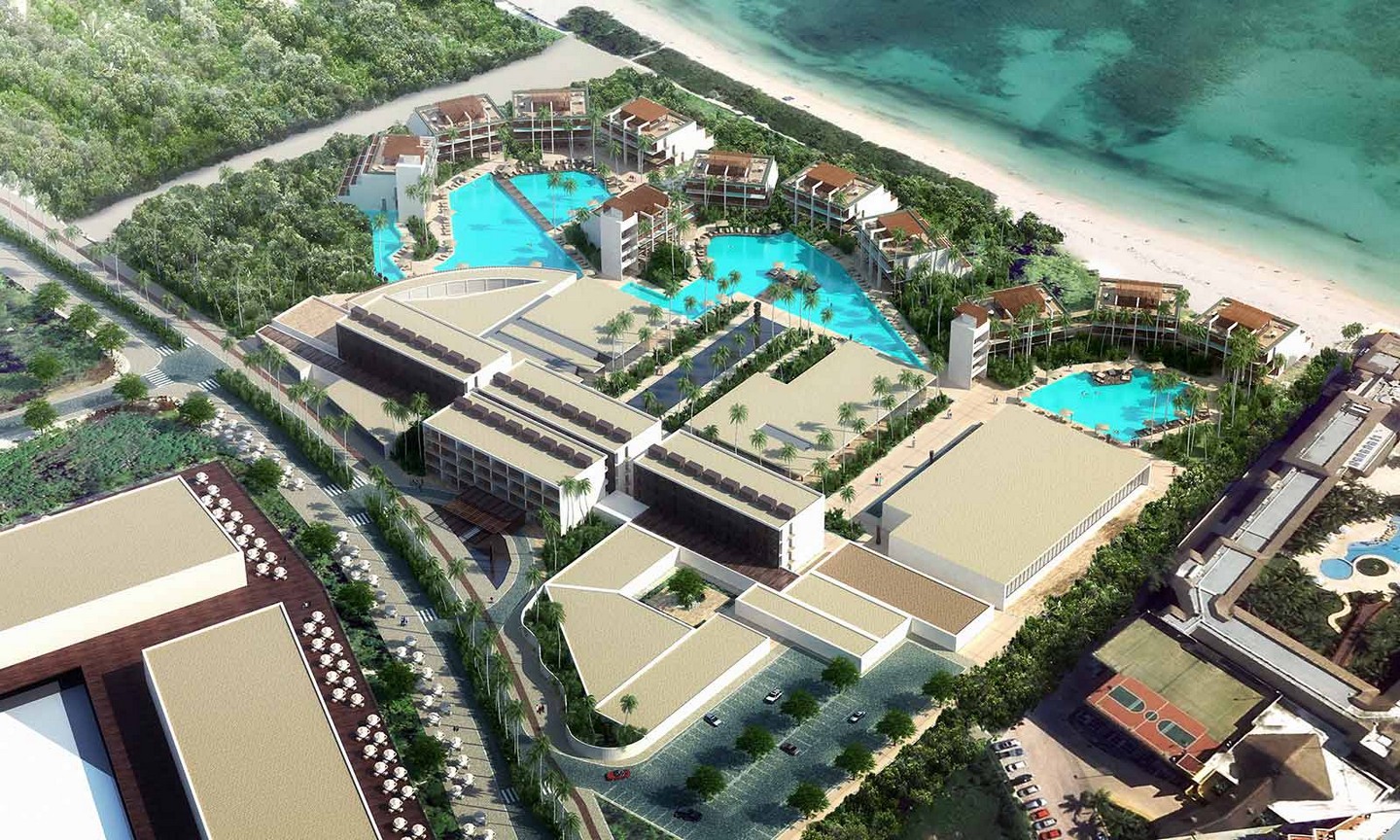
The tourism sector is closely linked to architecture and design.
As Carlos Garriga, director of the We Are Water Foundation, explained, “One of our greatest challenges is to raise awareness, change mindsets, and promote a radical shift in behaviour around water and sustainability.” This conviction is central to today’s debates about tourism and its impact on land, water, and community life.
Alongside Jorge Arditti and Carlos Garriga, the discussion panel included architects Carme Pinós, José Antonio Ares, Stephany Haro, and Isabel López Vilalta, joined by Suzana Gomercic, Vice President of Operations in Europe for Hilton Grand Vacations, and David Cámara—moderator and one of the driving forces behind our Smart Water initiative.
The hospitality and tourism sectors not only drive economies; they also shape identity, culture, and development. The speakers explored shared visions between Latin America and Europe, compared lessons learned from their respective projects, and identified new opportunities for collaboration between businesses and professionals in both key regions.
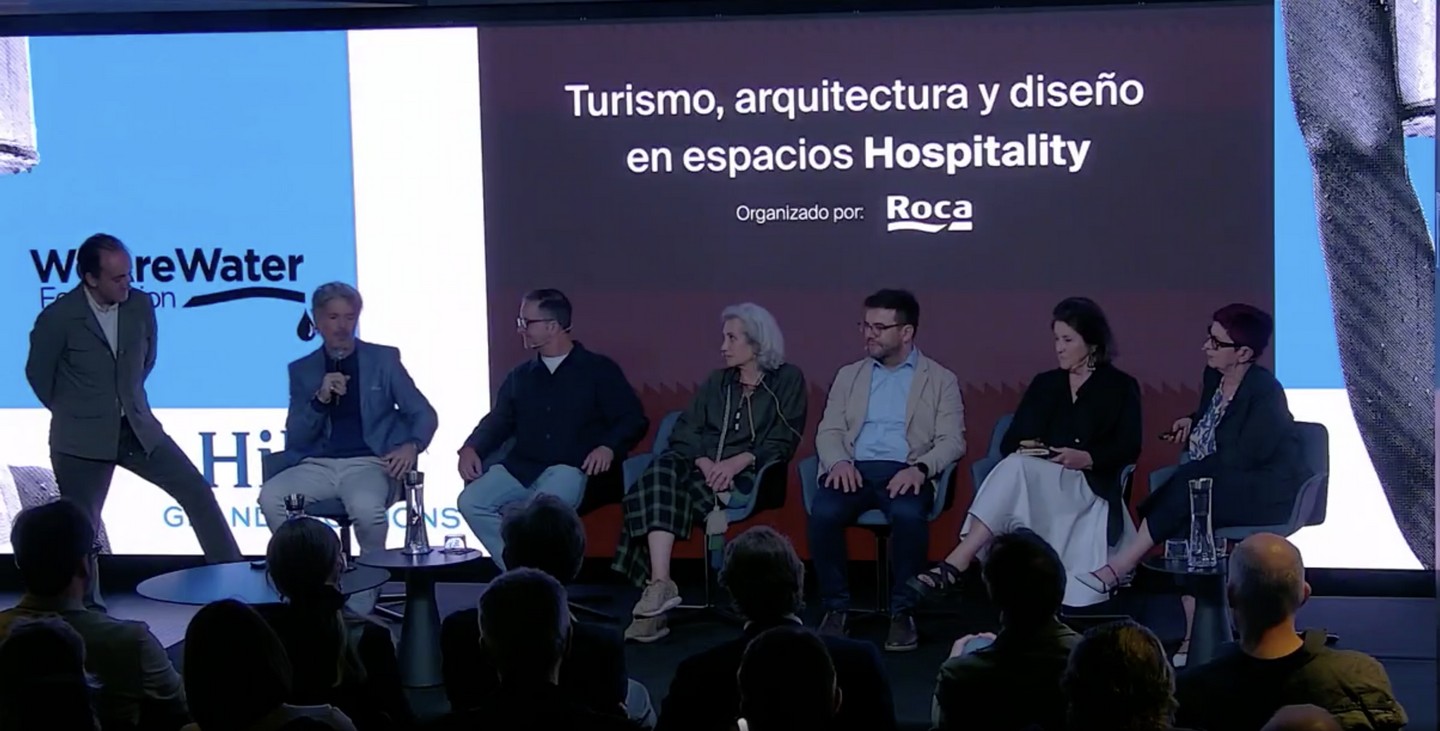
“One of our greatest challenges is to raise awareness, change mindsets, and promote a radical shift in behaviour around water and sustainability.” Carlos Garriga, director of the We Are Water Foundation.
Sustainable Architecture with Purpose
Jorge Arditti stressed the architect’s key role in this new phase: “Architecture must be biophilic—integrating and fostering a direct connection with water, light, and natural elements like plants and organic materials.” Through his approach rooted in environmental respect, he demonstrated how design can be a tool for improving lives and generating local value.
Spanish architect Isabel López Vilalta echoed this vision: “The value of architects and designers lies in our perspective not being tied to financial returns. This allows us to approach projects more holistically.”
Stephany Haro reinforced the connection between design and community: “Architectural projects are windows—opportunities to connect and grow with local communities and their surroundings.” Carme Pinós warned that standardized and industrialized architecture is undermining this humanistic perspective in hospitality:
“We must reaffirm that creating spaces of well-being means generating spaces of identity and emotional connection.” She emphasised that architecture should follow the contours of the land, rather than imposing ideas from elsewhere.
Sustainable architecture is one of the great challenges of our time. According to Arditti, “Contemporary architecture must naturally integrate sustainable practices, well-being, and the circular economy.” But he cautioned: “There is no sustainable architecture without sustainable urban planning. Good urbanism fosters a positive attitude in people. It’s the foundation of the future.”
Similarly, López Vilalta advocated for the use of local craftsmanship and materials as a form of cultural and environmental sustainability: “Acting responsibly also means giving a sense of belonging to a place.”
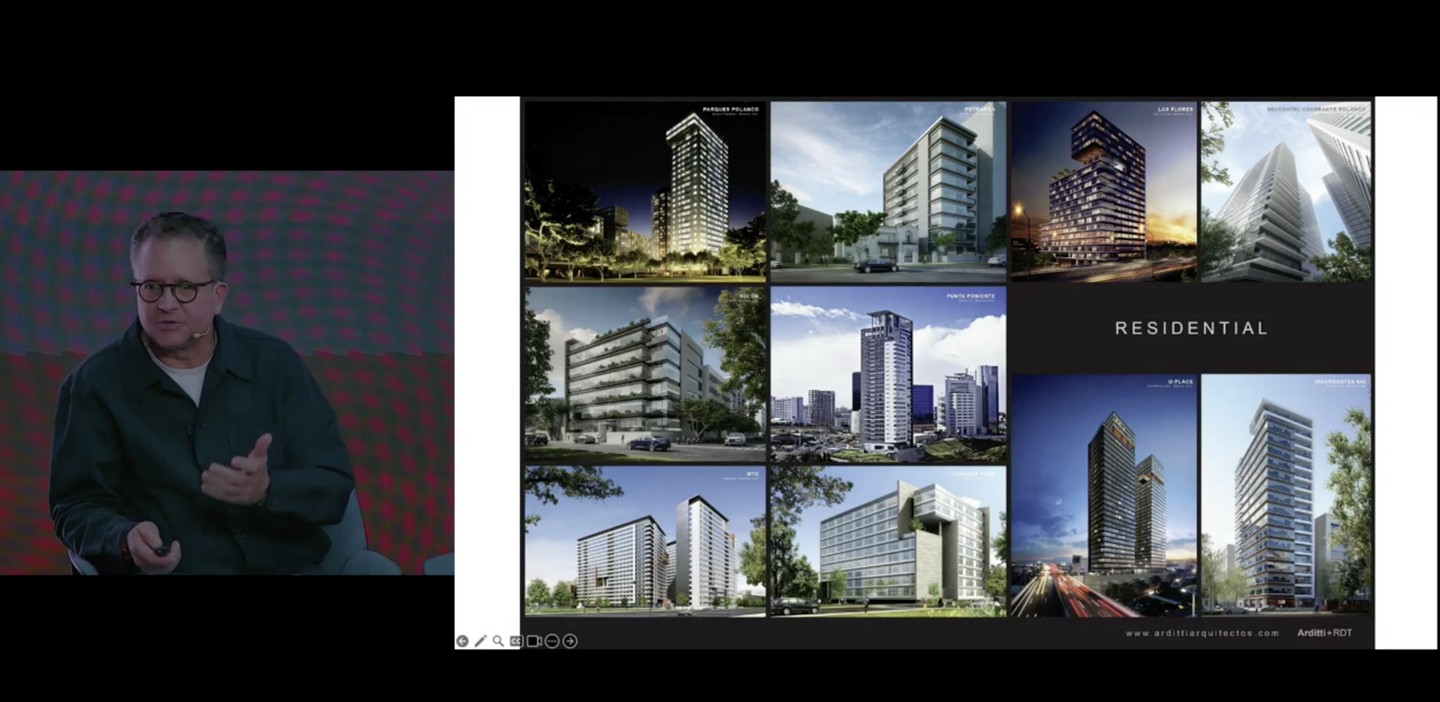
Jorge Arditti stressed the architect’s key role in this new phase: “Architecture must be biophilic—integrating and fostering a direct connection with water, light, and natural elements like plants and organic materials.”
Tourism, Water, and Well-being: A Direct Connection
Tourism is now one of the sectors most closely linked to design, architecture, and the environment. It is also one of the most water-intensive. “From rooms to gardens and golf courses, tourism has a direct impact on water,” said Garriga. “Good water management in this sector has significant consequences—both positive and negative.”
Given its visibility and scale, the hotel industry can be a driver of change. Its role as a socially responsible actor extends beyond infrastructure to influence the millions of people it serves. Suzana Gomercic drew from the “Let’s Make a Deal” initiative with the Foundation—now continued through Walkathons—to sum up the hotel industry’s commitment to awareness-raising: “Let’s make a deal. Let’s ask our guests not to waste water, to reuse towels, and not to expect fresh sheets every two days. We don’t do it at home—so why should we expect it in a hotel?”

Suzana Gomercic drew from the “Let’s Make a Deal” initiative with the Foundation—now continued through Walkathons—to sum up the hotel industry’s commitment to awareness-raising.
Local Identity and Global Standards
One of tourism’s great tensions lies in balancing local identity with international standards. David Cámara described the Foundation’s awareness-raising work in Mexico—a country of great contrasts and challenges: “We have the opportunity to avoid the mistakes we’ve made in many other regions, including Europe.”
José Antonio Ares expressed it this way: “Recovering the memory of a place and creating a design that speaks with its history. The closer you are to a place—in materials and narrative—the less energy you need to create powerful experiences.”
Haro agreed: “Architecture and design can be cultural ambassadors. Each reflects its locality, individuality, and setting. That’s what enriches the guest’s experience.”
Local craftsmanship and its inclusion in tourism developments are key to respecting and promoting local identity and culture. Latin America offers unique artisanal wealth—but connecting this richness with tourism also requires education and support. “We meet artisans who don’t even know how to price their work,” said Haro. “Hotels can collaborate with them—helping them professionalize, understand large-scale production processes, and value their craft.” Hotel design can be that bridge: “Hospitality is a window. It lets you arrive, enjoy, and access realities that were previously disconnected,” the architect concluded.
Hospitality: The Architecture of Well-being
The concept of hospitality has transcended its traditional definition. “Today, hospitality has expanded into every sphere where life unfolds,” said Ares. “Space is an abstraction; the place is where life happens. And that’s where hospitality plays a key role.”
David Cámara defined it as the capacity to generate well-being, identity, and emotional experiences: “Today’s architecture designs spaces that place people at the centre. It’s just as important to be kind to the environment as it is to be kind to people.” This humanistic vision of design aligns with scientific evidence about how well-designed spaces positively affect health and cognition. “Being hospitable to the environment and the community is a core part of the architect’s role.”
An Ongoing Conversation That Must Continue
Voices from architecture and design—grounded in responsibility and connection to place—are essential for rethinking tourism not merely as an industry but as a tool for cultural, social, and environmental transformation. This evolution is not only necessary—it’s already underway.
All participants agreed on the importance of designing tourism spaces that educate and help people understand and appreciate their true meaning.
The session at Roca Barcelona Gallery was, in this sense, a space for cross-disciplinary reflection—part of our ongoing Smart Water initiative, through which we’ve hosted seven international debates.


